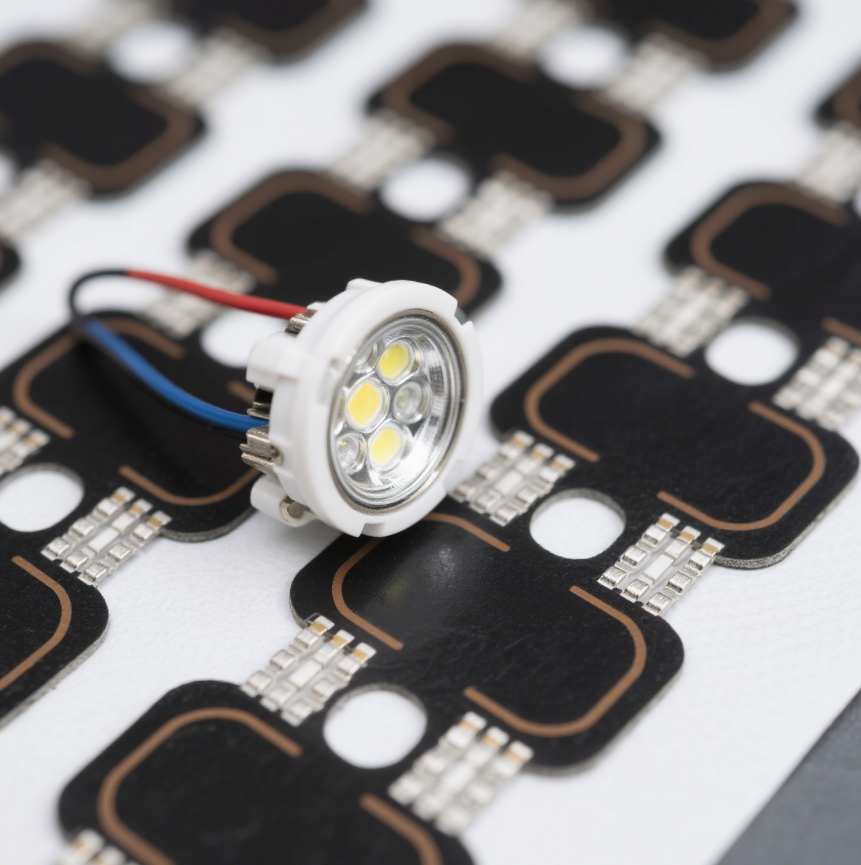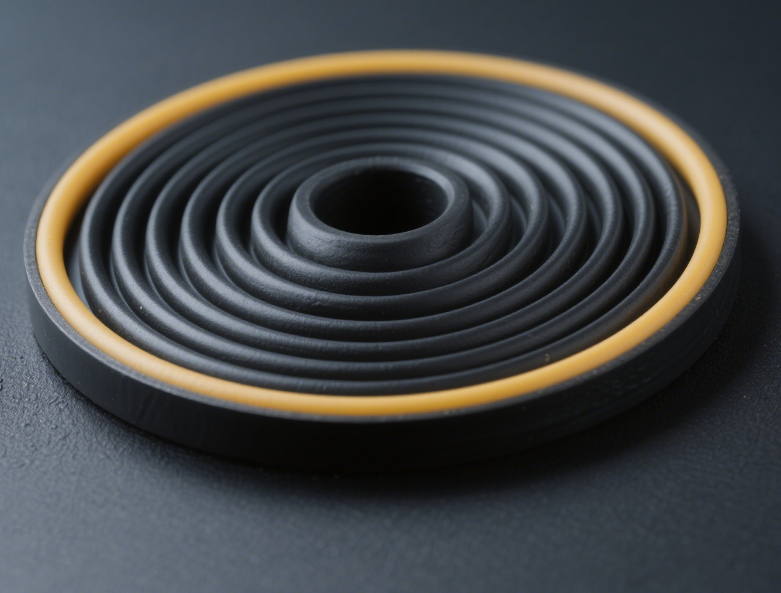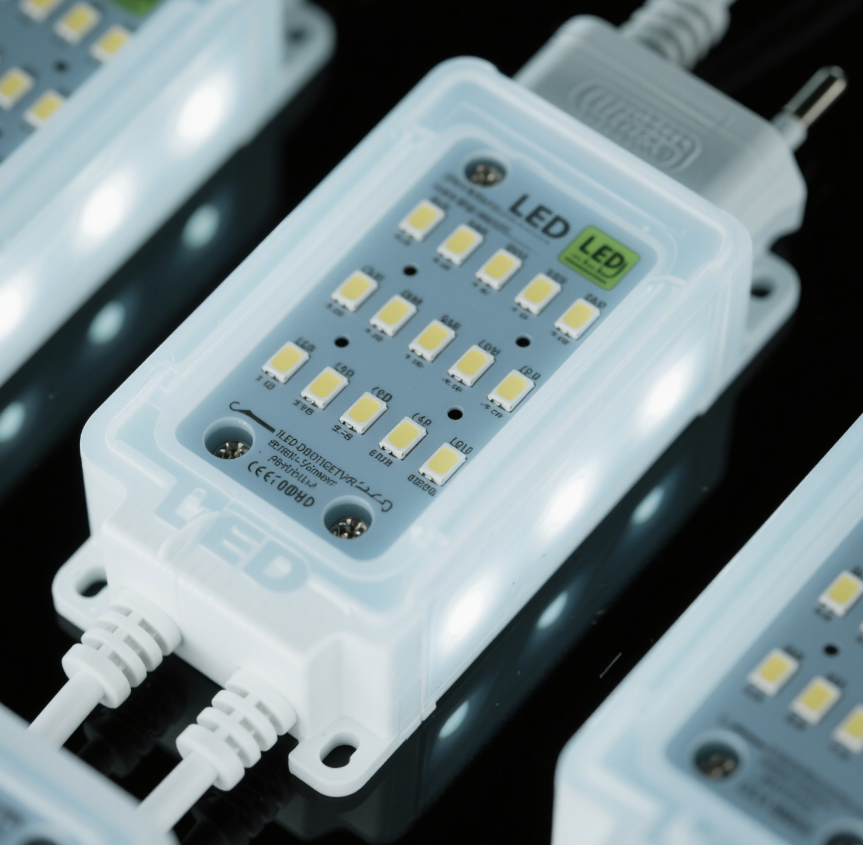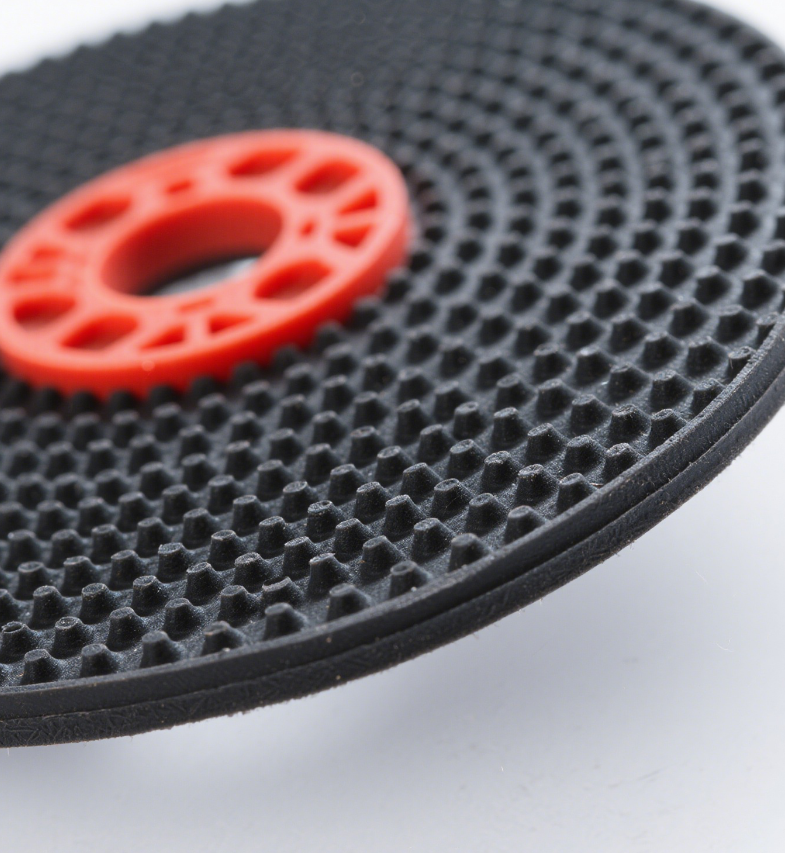Research on the Shielding Effectiveness of Conductive Rubber
2025/04/17
0
I. Introduction
In the era of electronic information, with the widespread application of various electronic devices, the problem of electromagnetic interference (EMI) has become increasingly serious, having a great impact on the normal operation of devices and the accurate transmission of signals. As a functional material with good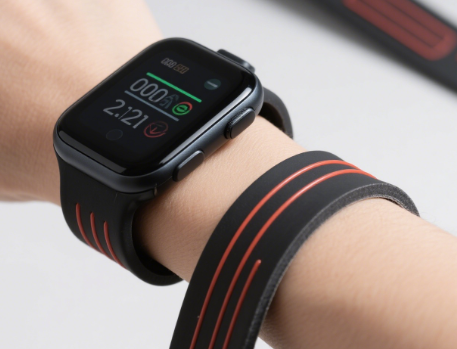 electrical conductivity and elasticity, conductive rubber shows great application potential in the field of electromagnetic shielding. This article will conduct a detailed study on the conductive rubber with shielding effectiveness, including its conductive mechanism, factors affecting the shielding effectiveness, preparation methods, and application fields.
electrical conductivity and elasticity, conductive rubber shows great application potential in the field of electromagnetic shielding. This article will conduct a detailed study on the conductive rubber with shielding effectiveness, including its conductive mechanism, factors affecting the shielding effectiveness, preparation methods, and application fields.
In the era of electronic information, with the widespread application of various electronic devices, the problem of electromagnetic interference (EMI) has become increasingly serious, having a great impact on the normal operation of devices and the accurate transmission of signals. As a functional material with good
 electrical conductivity and elasticity, conductive rubber shows great application potential in the field of electromagnetic shielding. This article will conduct a detailed study on the conductive rubber with shielding effectiveness, including its conductive mechanism, factors affecting the shielding effectiveness, preparation methods, and application fields.
electrical conductivity and elasticity, conductive rubber shows great application potential in the field of electromagnetic shielding. This article will conduct a detailed study on the conductive rubber with shielding effectiveness, including its conductive mechanism, factors affecting the shielding effectiveness, preparation methods, and application fields.II. Basic Concepts and Classification of Conductive Rubber
(1) Basic Concepts
Conductive rubber is a composite material prepared by uniformly dispersing conductive fillers in a rubber matrix through a certain processing technology. It combines the elasticity and flexibility of rubber with the electrical conductivity of conductive materials, and can achieve the conductive function while maintaining good mechanical properties.
(2) Classification
According to different conductive fillers, conductive rubber can be mainly classified into the following categories:
(1) Basic Concepts
Conductive rubber is a composite material prepared by uniformly dispersing conductive fillers in a rubber matrix through a certain processing technology. It combines the elasticity and flexibility of rubber with the electrical conductivity of conductive materials, and can achieve the conductive function while maintaining good mechanical properties.
(2) Classification
According to different conductive fillers, conductive rubber can be mainly classified into the following categories:
- Metal-based conductive rubber: Commonly used metal fillers include silver, copper, nickel, etc. This kind of conductive rubber has excellent electrical conductivity, but the cost is relatively high, and the metal fillers are prone to oxidation, affecting their long-term performance.
- Carbon-based conductive rubber: Carbon-based fillers include carbon black, graphite, carbon fiber, carbon nanotubes, etc. Carbon-based conductive rubber has a lower cost and good chemical stability, but its electrical conductivity is relatively poorer compared to metal-based conductive rubber.
- Metal oxide-based conductive rubber: Common metal oxide fillers include zinc oxide, tin oxide, etc. This kind of conductive rubber has good corrosion resistance and stability, and is suitable for some special environments.
III. Conductive Mechanism
The conductive mechanism of conductive rubber mainly includes the conductive channel theory and the tunneling effect theory.
(1) Conductive Channel Theory
When the dispersion of conductive fillers in the rubber matrix reaches a certain concentration, the filler particles contact each other and form continuous conductive channels. Electrons can move freely in these conductive channels, thus realizing the electrical conductivity of the conductive rubber.
(2) Tunneling Effect Theory
When the distance between the conductive filler particles is very small, although there is no direct contact, due to the quantum tunneling effect, electrons can pass through the insulating layer (rubber matrix) between the filler particles and form a conductive path. This effect plays a major role when the concentration of the conductive filler is low.
The conductive mechanism of conductive rubber mainly includes the conductive channel theory and the tunneling effect theory.
(1) Conductive Channel Theory
When the dispersion of conductive fillers in the rubber matrix reaches a certain concentration, the filler particles contact each other and form continuous conductive channels. Electrons can move freely in these conductive channels, thus realizing the electrical conductivity of the conductive rubber.
(2) Tunneling Effect Theory
When the distance between the conductive filler particles is very small, although there is no direct contact, due to the quantum tunneling effect, electrons can pass through the insulating layer (rubber matrix) between the filler particles and form a conductive path. This effect plays a major role when the concentration of the conductive filler is low.
IV. Electromagnetic Shielding Effectiveness
(1) Definition
Electromagnetic shielding effectiveness (SE) is an important indicator for measuring the electromagnetic interference shielding ability of materials. It represents the attenuation ability of the shielding material to the incident electromagnetic wave and is usually expressed in decibels (dB).
(2) Calculation Method
The electromagnetic shielding effectiveness mainly includes three parts: reflection loss (R), absorption loss (A), and multiple reflection loss (B), and its calculation formula is: SE = R + A + B.
(3) Influencing Factors
(1) Definition
Electromagnetic shielding effectiveness (SE) is an important indicator for measuring the electromagnetic interference shielding ability of materials. It represents the attenuation ability of the shielding material to the incident electromagnetic wave and is usually expressed in decibels (dB).
(2) Calculation Method
The electromagnetic shielding effectiveness mainly includes three parts: reflection loss (R), absorption loss (A), and multiple reflection loss (B), and its calculation formula is: SE = R + A + B.
(3) Influencing Factors
- Types and Contents of Conductive Fillers
- Different types of conductive fillers have different influences on the shielding effectiveness of conductive rubber. Metal fillers have high shielding effectiveness due to their good electrical conductivity and the ability to form good conductive channels; although carbon-based fillers have slightly poorer electrical conductivity, a certain shielding effectiveness can also be obtained through reasonable formulation design.
- The content of conductive fillers also has a significant impact on the shielding effectiveness. When the filler content is low, the shielding effectiveness mainly depends on the tunneling effect. As the filler content increases, the conductive channels gradually form, and the shielding effectiveness increases rapidly; when the filler content reaches a certain value (percolation threshold), the shielding effectiveness tends to be stable.
- Selection of Rubber Matrix
- The polarity and compatibility of the rubber matrix will affect the dispersibility of the conductive filler. A rubber matrix with a similar polarity to the conductive filler has good compatibility, and the filler can be uniformly dispersed to form a good conductive network, thereby improving the shielding effectiveness.
- The mechanical properties of the rubber matrix also affect the use effect of the conductive rubber. A matrix with good elasticity and flexibility can ensure that the conductive network of the conductive rubber is not easily damaged when subjected to external forces, thus maintaining a stable shielding effectiveness.
- Processing Technology
- Mixing process: During the mixing process, it is necessary to ensure that the conductive filler is uniformly dispersed in the rubber matrix to avoid agglomeration. Parameters such as the mixing time and mixing temperature will affect the dispersibility of the filler, and thus affect the shielding effectiveness.
- Vulcanization process: Parameters such as the vulcanization temperature and vulcanization time will affect the cross-linking degree of the rubber matrix, thereby affecting the mechanical properties and electrical conductivity of the conductive rubber. An appropriate vulcanization process can make the conductive rubber have good comprehensive properties.
- Thickness and Structure of Materials
- As the thickness of the conductive rubber increases, the absorption loss and reflection loss will also increase, thereby improving the shielding effectiveness.
- The structural design of the material, such as a multi-layer composite structure, can further improve the shielding effectiveness through the synergistic effect between different layers.
V. Preparation Methods
(1) Mixing Method
The mixing method is the most commonly used method for preparing conductive rubber. First, the rubber matrix is plasticized in an open mill or an internal mixer, and then conductive fillers, additives, etc. are added and fully mixed to make the filler uniformly dispersed in the matrix. Finally, the mixed rubber compound is vulcanized and formed to obtain the conductive rubber product.
(2) Solution Method
The solution method is to dissolve the rubber matrix in an appropriate solvent, then add the conductive filler, stir evenly, remove the solvent to obtain the conductive rubber precursor, and finally carry out vulcanization and molding. This method is suitable for some rubber matrices that are difficult to mix and occasions with high requirements for the dispersibility of the filler.
(3) Emulsion Method
The emulsion method is to mix the rubber emulsion and the conductive filler emulsion, and through processes such as stirring and coagulation, make the filler uniformly dispersed in the rubber matrix, and then carry out drying, vulcanization and molding. This method has the advantages of good filler dispersibility and simple process.
(1) Mixing Method
The mixing method is the most commonly used method for preparing conductive rubber. First, the rubber matrix is plasticized in an open mill or an internal mixer, and then conductive fillers, additives, etc. are added and fully mixed to make the filler uniformly dispersed in the matrix. Finally, the mixed rubber compound is vulcanized and formed to obtain the conductive rubber product.
(2) Solution Method
The solution method is to dissolve the rubber matrix in an appropriate solvent, then add the conductive filler, stir evenly, remove the solvent to obtain the conductive rubber precursor, and finally carry out vulcanization and molding. This method is suitable for some rubber matrices that are difficult to mix and occasions with high requirements for the dispersibility of the filler.
(3) Emulsion Method
The emulsion method is to mix the rubber emulsion and the conductive filler emulsion, and through processes such as stirring and coagulation, make the filler uniformly dispersed in the rubber matrix, and then carry out drying, vulcanization and molding. This method has the advantages of good filler dispersibility and simple process.
VI. Application Fields
(1) Electronic Devices
In electronic devices, conductive rubber is often used to make electromagnetic shielding seals, such as the shell seals of mobile phones, laptops, tablets, etc., which can effectively prevent electromagnetic interference from entering the interior of the device and prevent the electromagnetic radiation inside the device from leaking to the external environment. In addition, conductive rubber can also be used to make conductive connection devices on circuit boards, such as connectors, buttons, etc.
(2) Communication Field
In the communication field, conductive rubber can be used to make shielding covers, filters, etc. of communication devices, which can improve the quality and stability of communication signals and reduce signal interference. At the same time, in wireless communication, conductive rubber can also be used as the base material of antennas to achieve the miniaturization and flexibility of antennas.
(3) Aerospace
In the aerospace field, conductive rubber has important application value. Due to the complex environment and strong electromagnetic interference in which aerospace equipment is located, conductive rubber can be used to make electromagnetic shielding components of aircraft, satellites, etc. to ensure the normal operation of the equipment. In addition, conductive rubber also has good properties such as resistance to high and low temperatures and aging resistance, and can meet the special environmental requirements of the aerospace field.
(4) Other Fields
Conductive rubber can also be applied to fields such as medical devices, automotive electronics, and military equipment. In medical devices, conductive rubber can be used to make the shells and accessories of medical equipment that resist electromagnetic interference; in automotive electronics, it can be used to make the shielding components of the automotive circuit system to improve the reliability of automotive electronic devices; in military equipment, it can be used to make stealth materials and electromagnetic shielding equipment to improve the combat performance of the equipment.
(1) Electronic Devices
In electronic devices, conductive rubber is often used to make electromagnetic shielding seals, such as the shell seals of mobile phones, laptops, tablets, etc., which can effectively prevent electromagnetic interference from entering the interior of the device and prevent the electromagnetic radiation inside the device from leaking to the external environment. In addition, conductive rubber can also be used to make conductive connection devices on circuit boards, such as connectors, buttons, etc.
(2) Communication Field
In the communication field, conductive rubber can be used to make shielding covers, filters, etc. of communication devices, which can improve the quality and stability of communication signals and reduce signal interference. At the same time, in wireless communication, conductive rubber can also be used as the base material of antennas to achieve the miniaturization and flexibility of antennas.
(3) Aerospace
In the aerospace field, conductive rubber has important application value. Due to the complex environment and strong electromagnetic interference in which aerospace equipment is located, conductive rubber can be used to make electromagnetic shielding components of aircraft, satellites, etc. to ensure the normal operation of the equipment. In addition, conductive rubber also has good properties such as resistance to high and low temperatures and aging resistance, and can meet the special environmental requirements of the aerospace field.
(4) Other Fields
Conductive rubber can also be applied to fields such as medical devices, automotive electronics, and military equipment. In medical devices, conductive rubber can be used to make the shells and accessories of medical equipment that resist electromagnetic interference; in automotive electronics, it can be used to make the shielding components of the automotive circuit system to improve the reliability of automotive electronic devices; in military equipment, it can be used to make stealth materials and electromagnetic shielding equipment to improve the combat performance of the equipment.
VII. Conclusion and Prospect
As a functional material with both electrical conductivity and elasticity, conductive rubber has broad application prospects in the field of electromagnetic shielding. By reasonably selecting conductive fillers, rubber matrices, and processing technologies, conductive rubber with excellent shielding effectiveness can be prepared. However, there are still some problems with conductive rubber at present, such as the dispersibility of conductive fillers, the long-term stability of materials, and costs. Future research directions can focus on the following aspects:
As a functional material with both electrical conductivity and elasticity, conductive rubber has broad application prospects in the field of electromagnetic shielding. By reasonably selecting conductive fillers, rubber matrices, and processing technologies, conductive rubber with excellent shielding effectiveness can be prepared. However, there are still some problems with conductive rubber at present, such as the dispersibility of conductive fillers, the long-term stability of materials, and costs. Future research directions can focus on the following aspects:
- Develop new types of conductive fillers, such as nanoscale conductive fillers, composite conductive fillers, etc., to improve the electrical conductivity and dispersibility of conductive fillers and reduce costs.
- Study the interfacial interaction between the rubber matrix and the conductive filler, improve the interfacial compatibility, and enhance the comprehensive performance of the conductive rubber.
- Optimize the processing technology, improve production efficiency and product quality, and realize the large-scale production of conductive rubber.
- Expand the application fields of conductive rubber and develop conductive rubber products that are suitable for different environments and needs.
With the continuous development of science and technology, the requirements for electromagnetic shielding materials are getting higher and higher. Conductive rubber is expected to play an important role in more fields and provide more effective solutions to the problem of electromagnetic interference.













